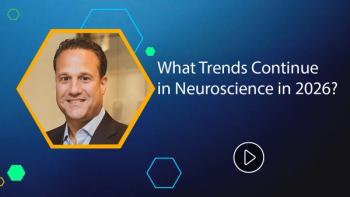
The Future of Safety and Adverse Event Processes
Addressing the increased use of technology in safety compliance processes and greater patient involvement.
No turning back now: Why regulators will continue to embrace AI/ML technology in 2022
While regulators may never concede to a fully “zero touch” end-to-end process for pharmacovigilance, there’s no doubt that agencies around the world have become advocates for the use of technology solutions including AI/ML in pharmacovigilance. The pandemic showed both regulators and life science companies that tech is available and can help both sides to rapidly achieve their objectives without compromising on requirements.
Regulatory agencies recognize and understand the value of combining both human expertise and data-driven insights to support improvements to marketing authorization speed, comprehensive information inclusion, and benefit risk analysis. In 2022 and beyond, we’re going to see regulators–and life science companies, as a result–endorse technologies like AI/ML as a standard in pharmacovigilance processes and benefit risk management.
Democratization of life science safety: Consumers and patients will become heavily involved in pharmacovigilance operations
The pandemic was the first modern experience life science companies and consumers have had, where a global health event impacts all. As a result, life science companies and regulators were inundated with information surrounding the side effects and spread of COVID from all corners of the digital world: social media, online forums, and other communication mediums of the digital era.
Consumers have recognized the vital role they can play in pharmacovigilance processes by sharing information and experiences online. Life science companies and regulators have only begun to scrape digital sources for information, and new digital sources will undoubtedly arise in 2022 and beyond as life science companies and regulators alike adopt digital technology to support their operations.
Marie Flanagan, Director, Offering Management, Vigilance Detect at
Newsletter
Lead with insight with the Pharmaceutical Executive newsletter, featuring strategic analysis, leadership trends, and market intelligence for biopharma decision-makers.





